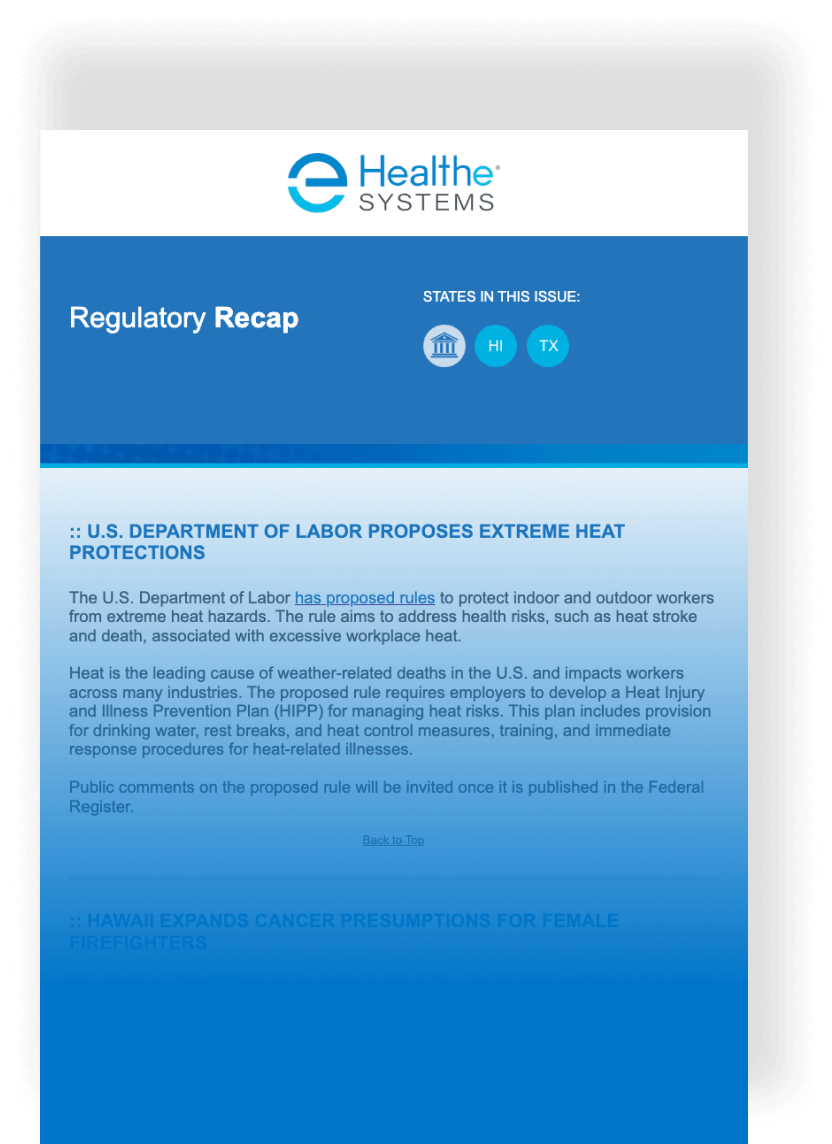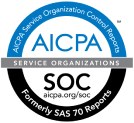Quest Diagnostics, an organization that manages workplace drug tests, released initial findings from their 2025 Drug Testing Index, based on an analysis of over 8 million drug tests.
Overall, workplace urine drug positivity declined from 4.6% to 4.4%. Marijuana remains the most frequently detected substance, with positivity holding steady at 4.5% in the general U.S. workforce year over year. Marijuana positivity following workplace accidents also remains high – post-accident positivity was 7.3% in 2024, just slightly below the record high of 7.5% in 2023.
However, the analysis saw a sharp increase in fentanyl in random drug checks, suggesting that more workers are using the highly addictive opioid after they have passed pre-employment screenings.
In 2024, the general U.S. workforce positivity for fentanyl was 707% higher in random tests (1.13%) compared to pre-employment tests (0.14%). This is a stark contrast to other categories of drugs, such as marijuana or other opiates, where less variation is seen in random and pre-employment positivity rates.
For example, marijuana's positivity rate in random testing was 42% lower than its positivity rate in pre-employment testing over the past five years. In contrast, the fentanyl positivity rate in random testing has been 400% higher than in pre-employment testing over the past five years.
Additionally, 60% of specimens positive for fentanyl in the U.S. general workforce in 2024 were also found to be positive for other drugs. About 22% of fentanyl-positive workforce drug tests were also positive for marijuana, a rate that has doubled since 2020, when only 10% of fentanyl positives were also positive for marijuana. A large percentage of fentanyl positives were also found to be positive for amphetamines – 16% in 2024 compared to 11% in 2020.
Amphetamines continued their upward climb, with positivity increasing to 1.7%, up from 1.5% in 2023. Cocaine positivity remained unchanged at 0.24%.







